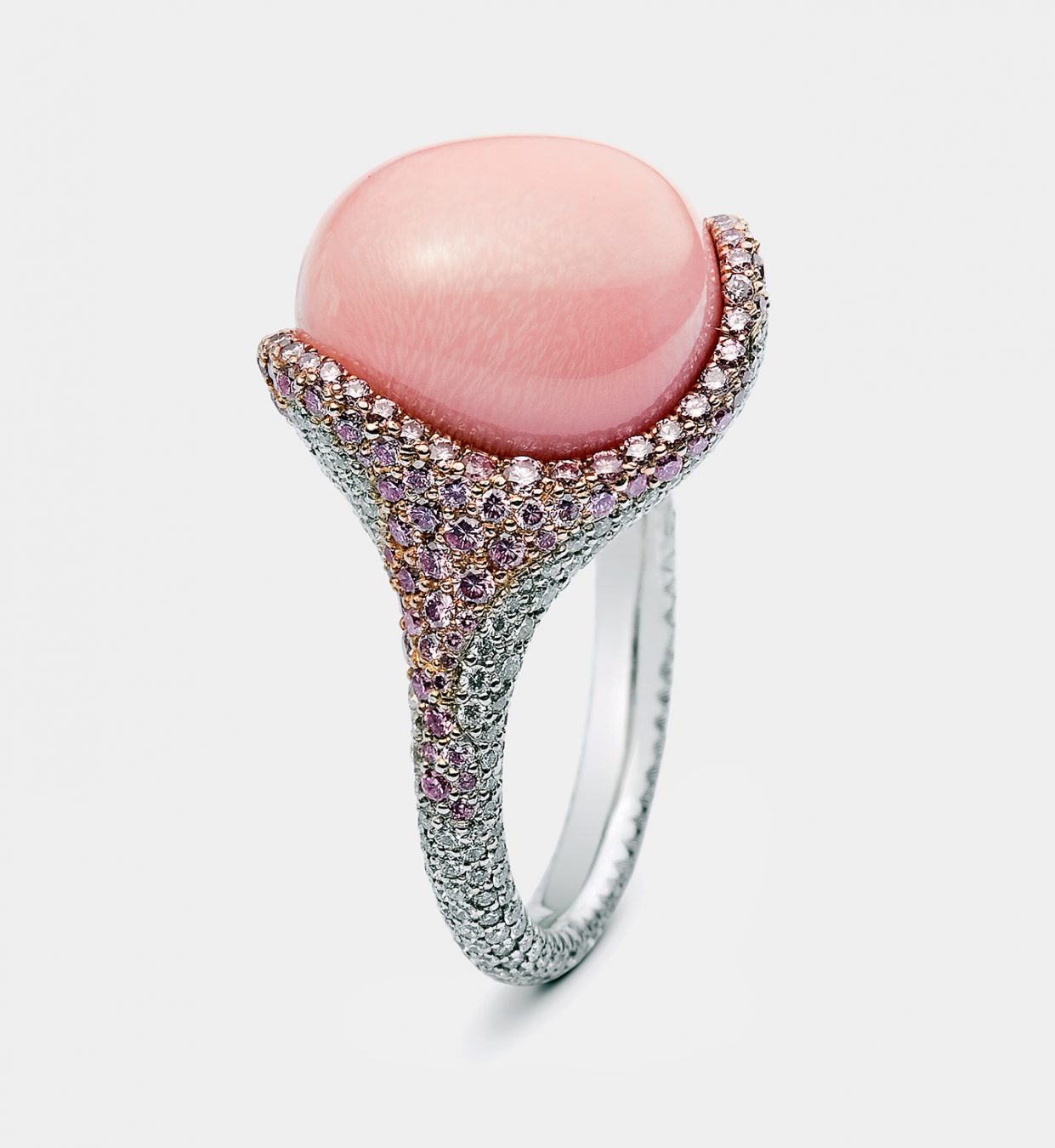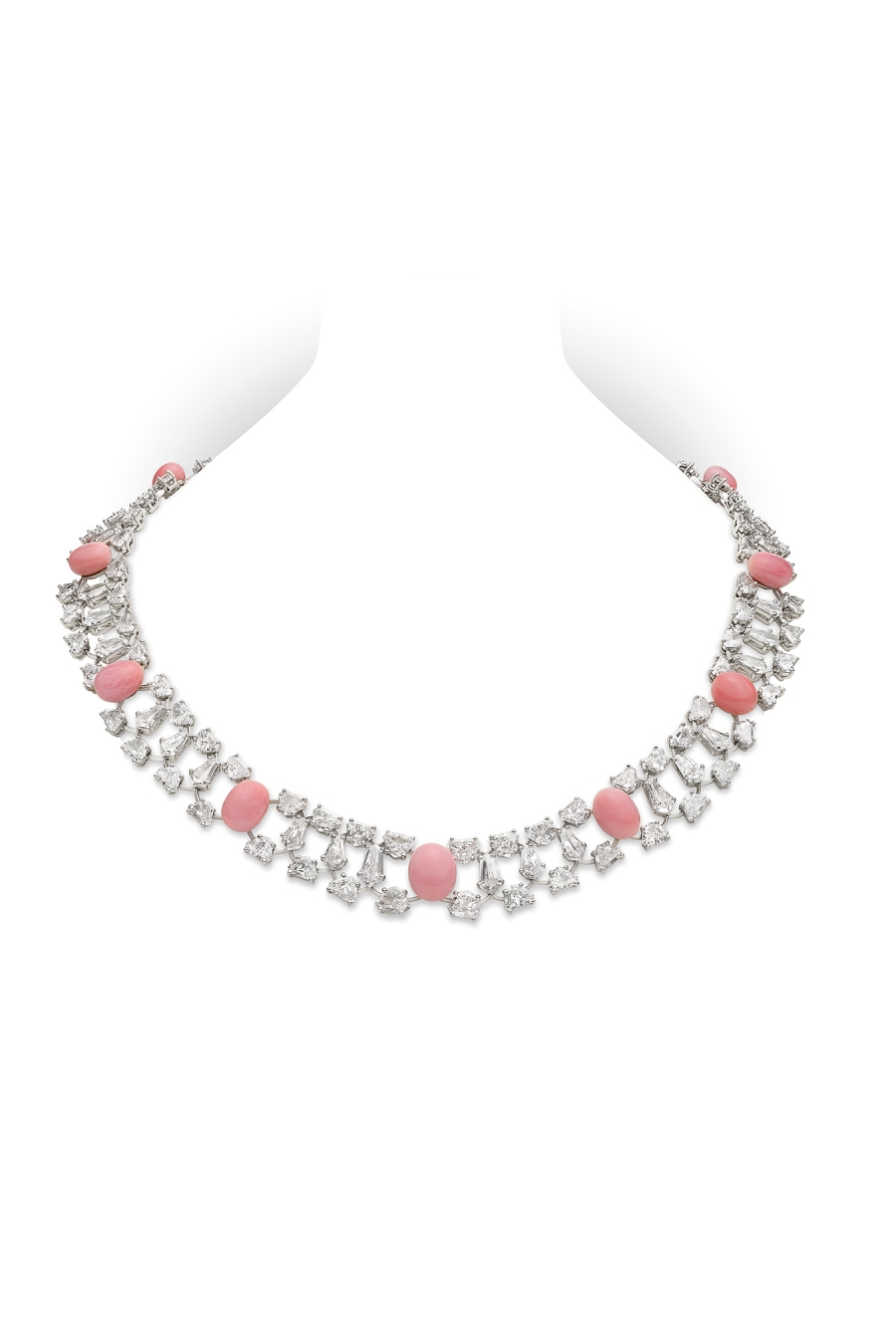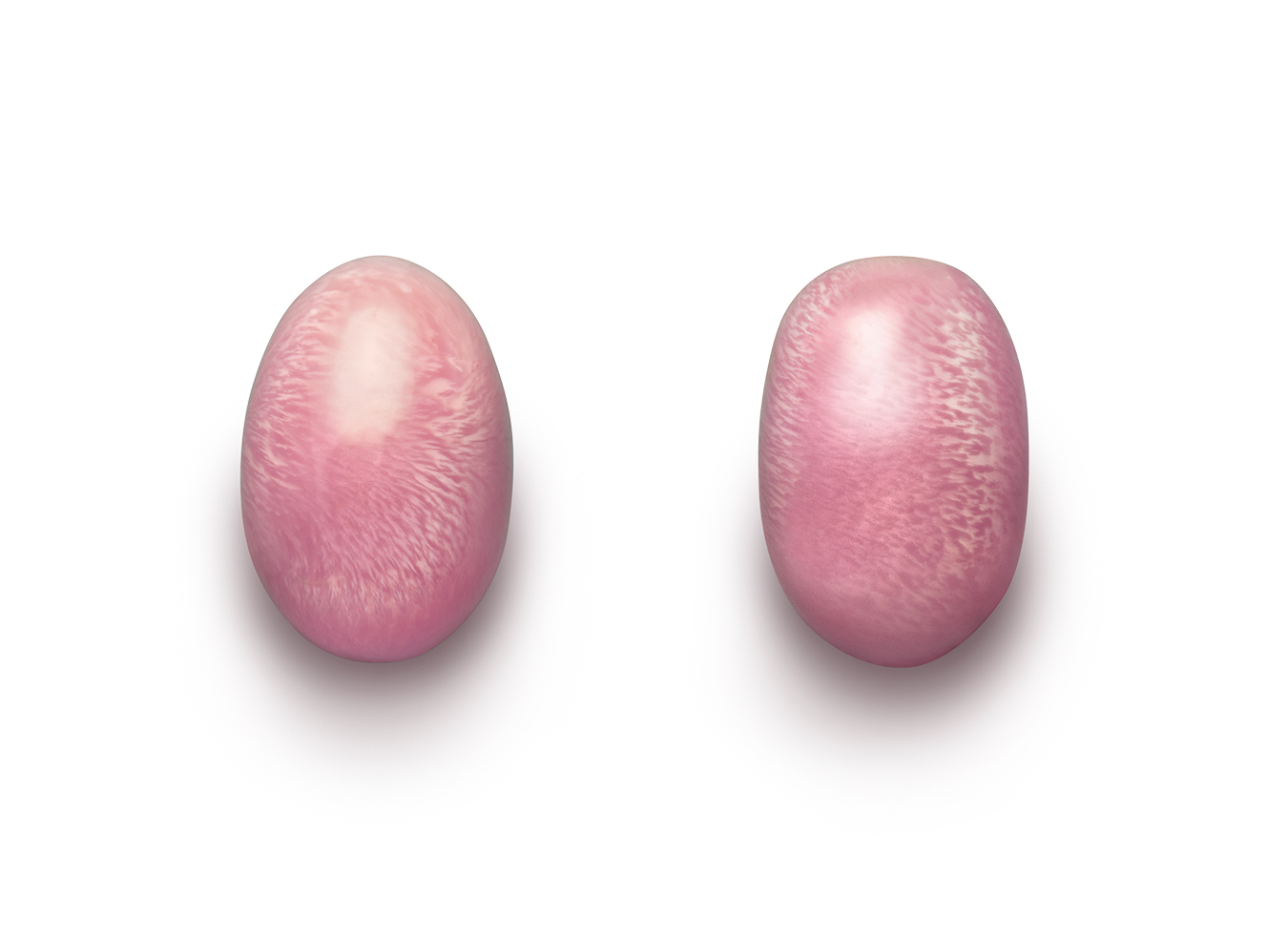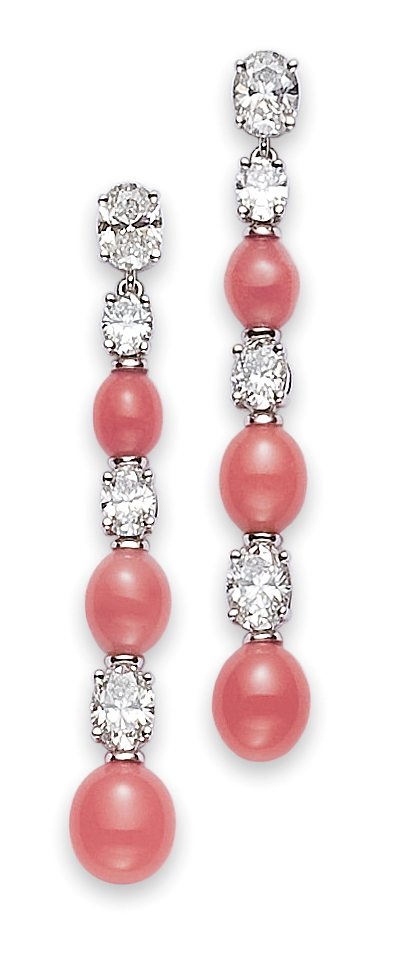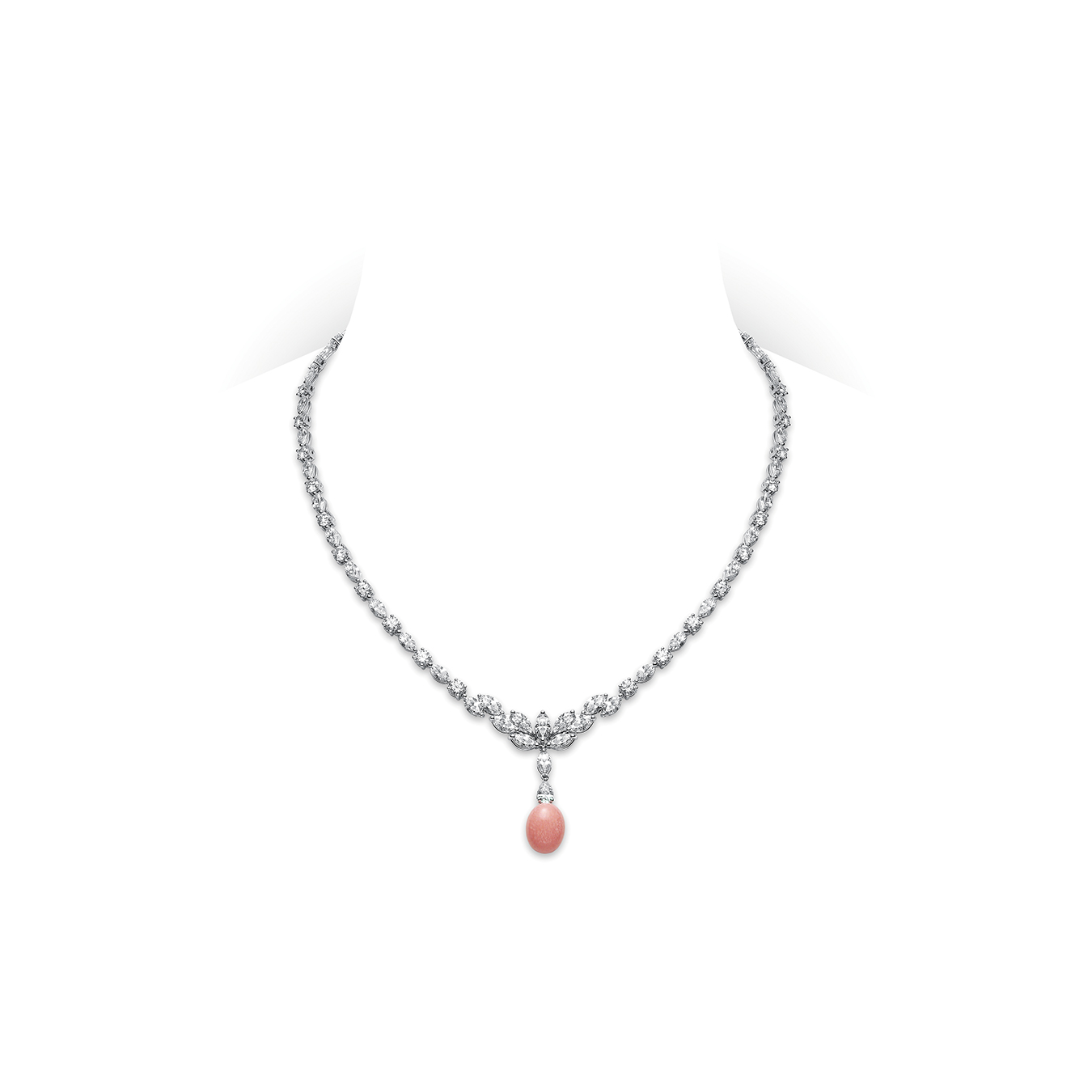Pearls, as we commonly understand them, come from molluscs, mainly and most valuably, from oysters which, in response to an invasive grain of sand inside the shell, begin to throw a nacreous, highly layered inner shell over the grain, forming what we know as that pearl. Pearls can in fact be “cultured”, i.e. deliberately seeded artificially, to predictably grow pearls. Natural pearls are more valuable than cultured pearls, but there is also something known as a conch pearl (sometimes called a Pink Pearl), to this date not capable of being grown artificially, exceedingly rare and thus, exceedingly sought after, and thus again, exceedingly precious.
The shell itself, with its whorled, spiral shell, has been prized for its beauty for centuries, most notably by the Incas. The snail inside is also valuable, as a significant local food source, so much so that at some point the conch itself became an endangered species, due to overfishing. Those threats are fortunately in the past. Found only in the Caribbean, in depths ranging from one to over 30 metres, conches were eventually discovered to, on rare occasions, contain a beautiful non-nacreous gem. Depending on the region, the waters, the climate, the stones can be yellow, brown, even fifty shades of orange. But the pink ones, rarest of them all, can display a kind of “flame” on their surface, and are of exceptional beauty. When we say rare, how rare?
Teams of fishermen find the conchs, and the odds are somewhere around 15,000 to one that an acceptable (in general market terms) pearl is found inside a shell. Although non-nacreous, the surface of a fine conch pearl has a unique and attractive appearance. The microstructure of conch pearls comprises partly aligned bundles of microcrystalline fibres that create a shimmering, slightly iridescent effect , that sought-after “flame structure”. The shape of the pearl is also vital to its value. Blemishes and irregular shapes deter value, while an elliptical (or football) shape is most highly prized.
Given the high rarity, Mikimoto, whose great artistic prowess with pearls sets the quality bar at the highest level, exerts a lot of attention towards acquiring only the finest examples for use in their jewellery settings. They use only the highest quality, pink conch pearls. The ratio, for Mikimoto, is one in every 100,000. They even have an earring design, set with two nearly identical conch pearls, which underlines the rarity of such a thing. Crunch the numbers, and you realize this one design feat is of the highest calibre. Thus it is that a Mikimoto flame structure conch pearl is one of the most rare items in the world.
Mikimoto uses the pink pearls in different ways: earring of course, but necklaces, bracelets and rings. They are sometimes placed in settings with white pearls as well, which in an almost paradoxical way makes both the pink and the white seem even more beautiful than if they were perhaps on their own. Artists and designers at Mikimoto pay all due respect to these conch pearls, setting them in dazzling, beautiful jewellery settings. The truth is, these conch pearls set in Mikimoto designs tend to have an exceedingly short retail shelf life. It is sometimes difficult to even find a piece of Mikimoto jewellery which features them. But, should you ever have the opportunity to see a Mikimoto pink pearl in person, and it does in fact have that fabulous flame structure or sunburst pattern on its surface, rest assured you are beholding pure nature in one of its rarest, obscure moments of beauty and largesse.

